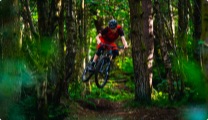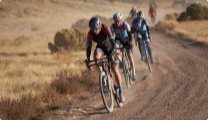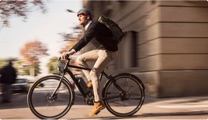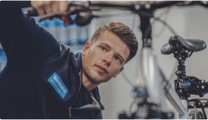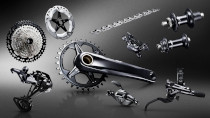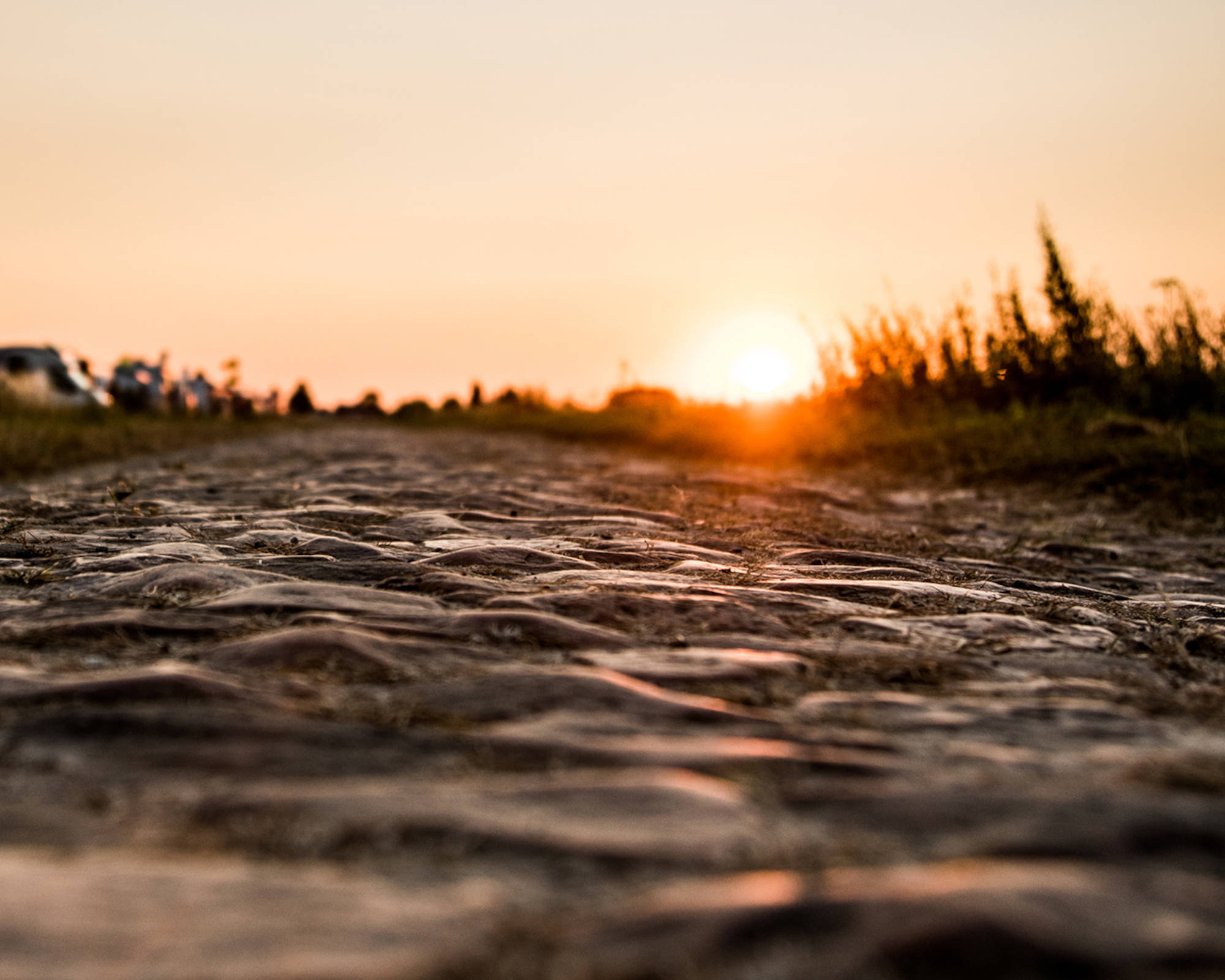It is early. Very early in fact. It’s almost mid-summer yet we’re still up before sunrise. Early enough for the weekend drunks to eye us with intrigue. Ward Grootjans, Nils Sinschek and I ride onto the Market Square in Maastricht. The temperature, the wind and the predicted rain make it feel more like an autumn day.It feels like the sun doesn't want to get out of bed. g. It's not the weather we were hoping for, but it fits the ride ahead of us. At 05:00 sharp we roll out towards Roubaix, which is more than 300 kilometers away. Along the way we have to climb over 3,000 meters and get over some of the most challenging cobblestone sections you can cycle. My route combines highlights of six iconic spring classics into one: the Super Classic. The route is inspired by my love for these one-day classics. I have often stood on the roadside cheering on the pros, and have already cycled individual parts of the various classics, but never before have I combined them in one monster route. The classics I’ve chosen are: Amstel Gold, Liège-Bastogne-Liège, La Flèche Wallonne, De Brabantse Pijl, The Tour of Flanders and Paris - Roubaix. Names that make every cycling heart beat faster, but to string them together leads to a challenging route that requires a fair bit of preparation. And I like to look beyond the known highlights, because in between are equally challenging pieces that few have heard of.
Super Classic by Nas-Raddine Touhami
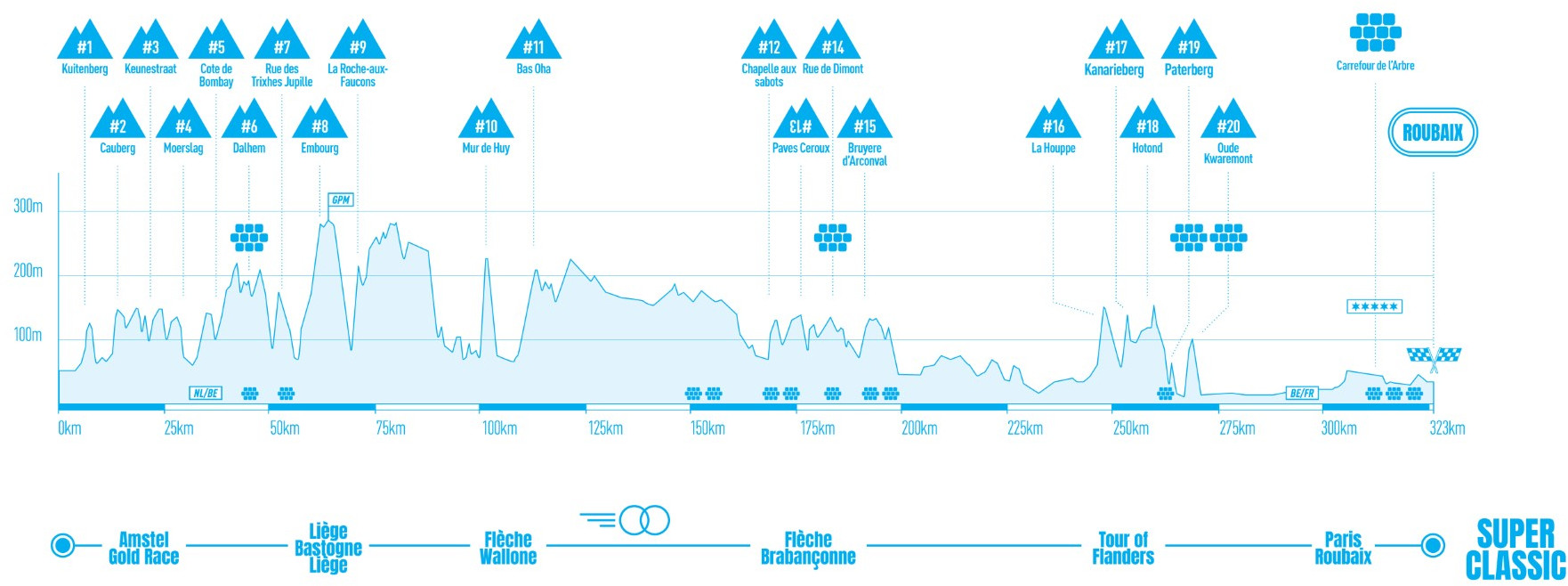
To measure is to know
Making the route is one thing, being physically ready for it is another. My position on the bike is not yet optimal. At the end of March I sought the perfect balance between comfort and power output. With the motto of to measure is to know in mind, I got a Dura-Ace power meter to give me a good idea of the values in my current position. What is striking is my uneven L/R balance, my lack of flexibility on the right side and a drop in power for rides over three hours. I booked a session at my local bikefitting.com studio to make some small adjustments. With the detailed data from a 3D measurement combined with my own feeling, it appears that a shorter stem and an adjustment of my cleats are necessary. After a few weeks of getting used to the new position, we added a filler plate under the cleats to add a couple of millimetres. This meant the body was as good as it was going to get. Now it’s high time to get the bike ready.
52x36
Over the past few weeks I've had a lot of doubts about the gear ratios for the Super Classic. This spring I’ve been enjoying riding 53x39. However, I doubt whether this is a wise choice. After 270 kilometers will I get up the Patersberg with a 39T small ring without blowing up my legs? After a tough ride in the Ardennes I decided crawling uphill is a no-go. Three days before the Super Classic I change the rings for 52x36T. Since I ride tubeless, I also top up the latex and check whether all the bolts are tight. You don't want to be confronted with a loose handlebar on cobblestones. After a final cleaning, my bike is ready. In our run-up, it is mainly the weather apps that we frequently check. Every day the forecast gets worse and worse. The Friday evening before we leave all our hopes are gone, we are going to face an epic adventure with rain and lots of wind. After a restless night that is more full of adrenaline than anything else, it is time to cycle to the Markt in Maastricht early in the morning. Both my comrades in arms and our support crew are ready. It's finally really time for the Super Classic.
We ride at daybreak
Through a near-empty city center we ride to Valkenburg. The wind is briefly in our favour on the way to the first hurdle of the day, the Kuitenberg. With the wind at our back, we are in the still sleeping Valkenburg in no time. Where our first real Super Classic challenge is of course the Cauberg. The cycling history on this 'mountain' goes back decades. In recent history, it was Philippe Gilbert who managed to impress his opponents with some big ring attacks during the Amstel Gold and the World Championship. We ride up at a slightly less killer pace than the pros. At the top, the fierce headwind is immediately noticeable. We agree to ride wisely and use our energy as economically as possible. Roubaix is still far. We pile up the first altimeters straight through our usual training area in the South Limburg Heuvelland. Belgium is coming into view.
The first cobblestones
In Dalhem we tackle the first cobblestone climb. However, it is little compared to what is to come. With a view over Herve, we make a first sanitary stop. In the distance we see dark clouds gathering over the industrial town of Liège. Until the 1980s, this region prospered thanks to the mining and steel industry, but it completely collapsed during that decade. The scars of this are still visible and give the region a unique and somewhat rugged character. The region is also home to numerous steep climbs, unknown to the course but no less interesting. This is also the case in Jupille, next to the Jupiler brewery, where a wall with an average of 14% awaits us. My 36T front ring comes in very handy early in the ride. We drive through Liège on our way to the Cote d'Embourg, the starting climb in Liège-Bastogne-Liège (LBL). It climbs 200m in height so it’s a stiff challenge. After a quick descent into the Ourthe valley we turn onto the dreaded La Roche aux Faucons. The executioner of LBL for several years, which in a way has taken the place of the Redoute and Saint-Nicolas climbs. With sections of up to 16%, it is a real steep killer. The first raindrops on the plateau of the Condroz quickly turn into lashing rain. The battle with the elements has also begun. The temperature drops to 7 degrees, we get soaked pretty quickly now, the Super Classic is beginning to be a real war of attrition. Certainly when we make our first stop after the Mur de Huy, we are so cold that we are happy to receive blankets that were sitting in one of the support vehicles.
No man's land
Walloon Brabant welcomes us with a solid cobblestone section, the first of many. This empty and rural area really feels like a no man's land and is dotted with cobblestones that are not inferior to the sections of Paris-Roubaix and are also accompanied by quite a few altimeters. Our steering skills are put to the test because a number of these so called roads are in terrible condition. The end of the first cobblestone series is in sight. The slightly ascending strip towards the monument of Waterloo is a killer especially combined with the relentless headwind and almost horizontal rain. The battle we are fighting is in stark contrast to the more famous one here in 1815 where Napoleon was definitively defeated.
Kilometer 196
There are almost 200 km on our GPS units. Time to eat and drink some more. On the bike and in this weather that remains a bit tricky, the rain jacket is always in the way of the food in our pockets. Sweet gives way to savoury. Something I've been looking forward to for a while, after a morning of eating energy bars that I felt like were coming out of my nose. Not a meter is flat in the Walloon country around Brussels. We peer into the distance to see if we can catch a glimpse of the Flemish Ardennes. In Deux Arcen we finally see La Houppe. A piece of iron in my tire causes delay. Amazingly enough, being the only flat tire of our entire ride. A new Dura-Ace C40 wheel is quickly taken from Shimano's neutral service car. Pure luxury if you are used to changing an inner tube yourself. We notice that the support vehicle itself gets a flat tire at the same time, it’s bad luck but it shows the state of the roads in this part of Belgium.
Entrance gate
La Houppe is our gateway to the Flemish Ardennes, the area that everyone knows from the Tour of Flanders and where we encounter the toughest climbs of the Super Classic. With our eyes on infinity we pedal upwards, morale is dwindling but with three of us we keep each other going. The umpteenth downpour comes on the Kanarieberg. With an average of 9% and more than 250 kilometers in legs, this climb is one hell of a challenge. The cold and rain have taken their toll, everything hurts and sitting comfortably on the bike is no longer possible. ‘What am I doing here?’ haunts my mind, but the thought that we will finish later today at the mythical Roubaix Velodrome keeps us going. We continue on to conquer the Hotond, the climb where in 2018 Niki Terpstra, on his way to victory, gave Nibali the flick.
Kilometer 272
We make our final planned stop in a drafty tent at the Hotond windmill. Then we ride on to the Paterberg, a famous cobbled climb with percentages up to 20%. At least it stopped raining. In the most recent Ronde Van Vlaanderen course, this climb is the nail in the coffin for the also-rans. Making speed on the cobblestones is anything but easy. I refuse to drive in the gutter, they don't do that in De Ronde either. In my mind the many duels of the past years are played out. Such as the 100th edition in 2016. After a huge power explosion, Sagan shook off fellow escapee Sep Vanmarcke and rode alone to the finish. Even Spartacus couldn't close the gap.
Without thinking
We stomp against the wind on the concrete roads to the foot of the Oude Kwaremont. Our last climb. Asphalt makes way for cobblestones again, the speed drops further. After 275 kilometers it feels like every stone is wrong. We only find our rhythm again at the Kwaremontplein. This is the benchmark in the race, where the stronger riders stand out. Making a difference on the big ring, as Cancellera often demonstrated here, is no longer possible for us. At a fast pace we descend the Ronsebaan to Kluisbergen. Another 38 km until the final of the Super Classic. For the first time today we ride on flat roads. Even the weather is finally smiling at us. Sun and showers alternate and even a rainbow is visible.
Kilometers 312
We enter France: our third country of the day. Once again we need to focus. Le Carrefour de l'Arbre is waiting for us, a five-star segment where Paris-Roubaix is often decided. Names such as Boonen, Cancellara, Museeuw, Planckaert, de Vlaeminck and Merckx have written history here. More than a worthy final today. We leave the village of Camphin-en-Pevele and turn onto the sector. Even though we are not racing, this still feels like a final. Despite the fact that the path alongside the cobblestones is free, I choose the stones. Every fiber in my body protests but I go for the full monty. I push myself further back onto my saddle to be able to put more pressure. Bouncing from boulder to boulder. The strong wind makes it increasingly difficult to maintain speed. During the last meters I succumb to the gutter to recharge for the next gruelling sector: Gruson. A dead straight track in a slightly descending line. It's like every stone punches my body. The art is to find the right rhythm to keep the speed high, but that is difficult. After the stretch we pick up the pace a bit and we are even encouraged by some local youths. One more to go. Or so we thought. The last sector appears to be closed. To guarantee its preservation, 'Les amis de Paris Roubaix' are overhauling the sector. We can only applaud that. Roubaix comes into view. A feeling of euphoria completely washes over us. The Super Classic proves not only to be physically demanding, with the headwind and rain, it was also an ongoing mental battle. The curfew in France at the time was a factor that we had to take into account throughout the journey. We will meet this deadline with minutes to spare as we enter the public park that houses the famous Velodrome. After more than twelve hours on the bike, we just have time for a few laps of honour on the mythical track and a sip of a well-earned cold, dark Belgian speciality. The first Super Classic is in the books. What an unforgettable experience.
